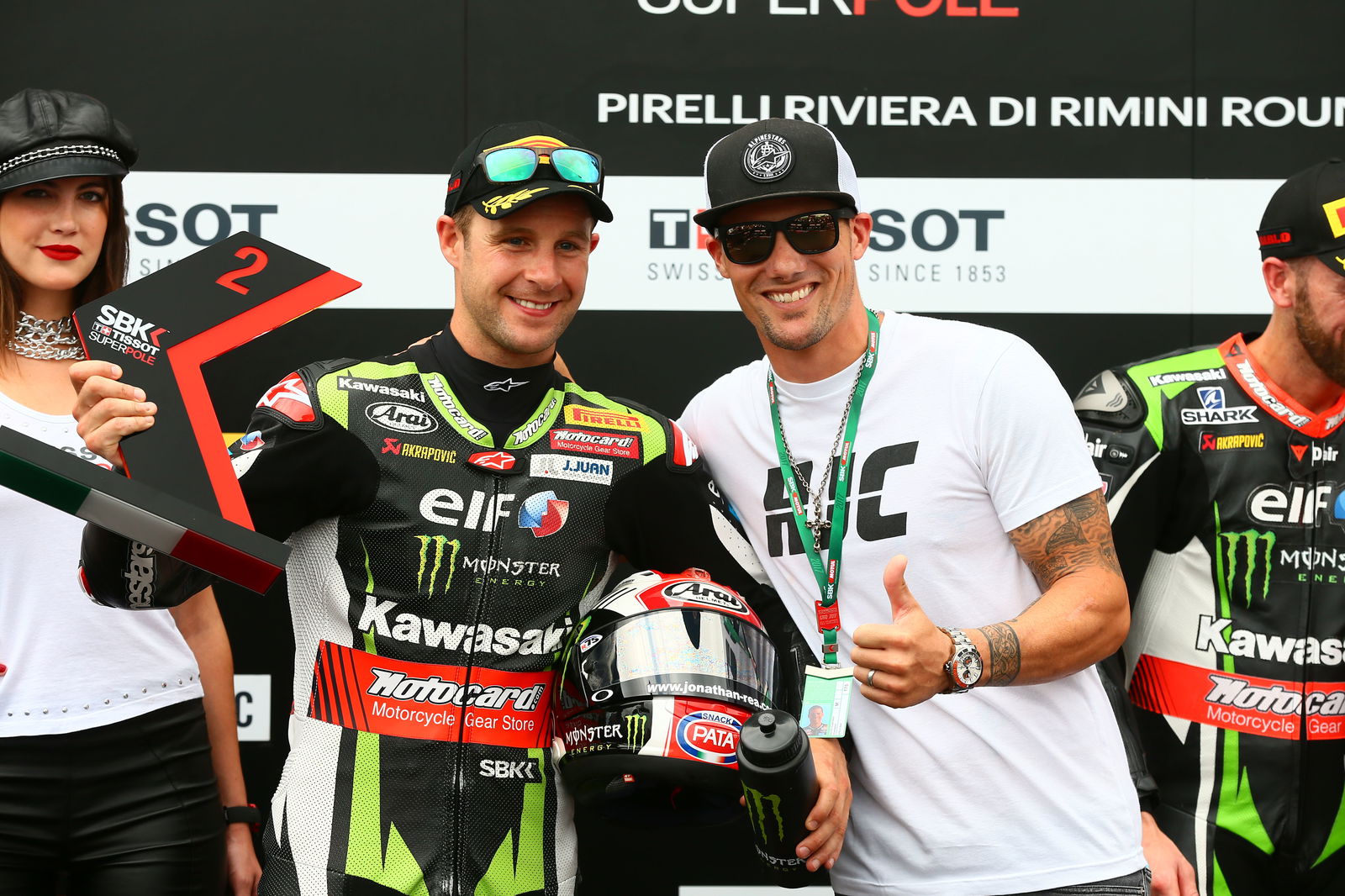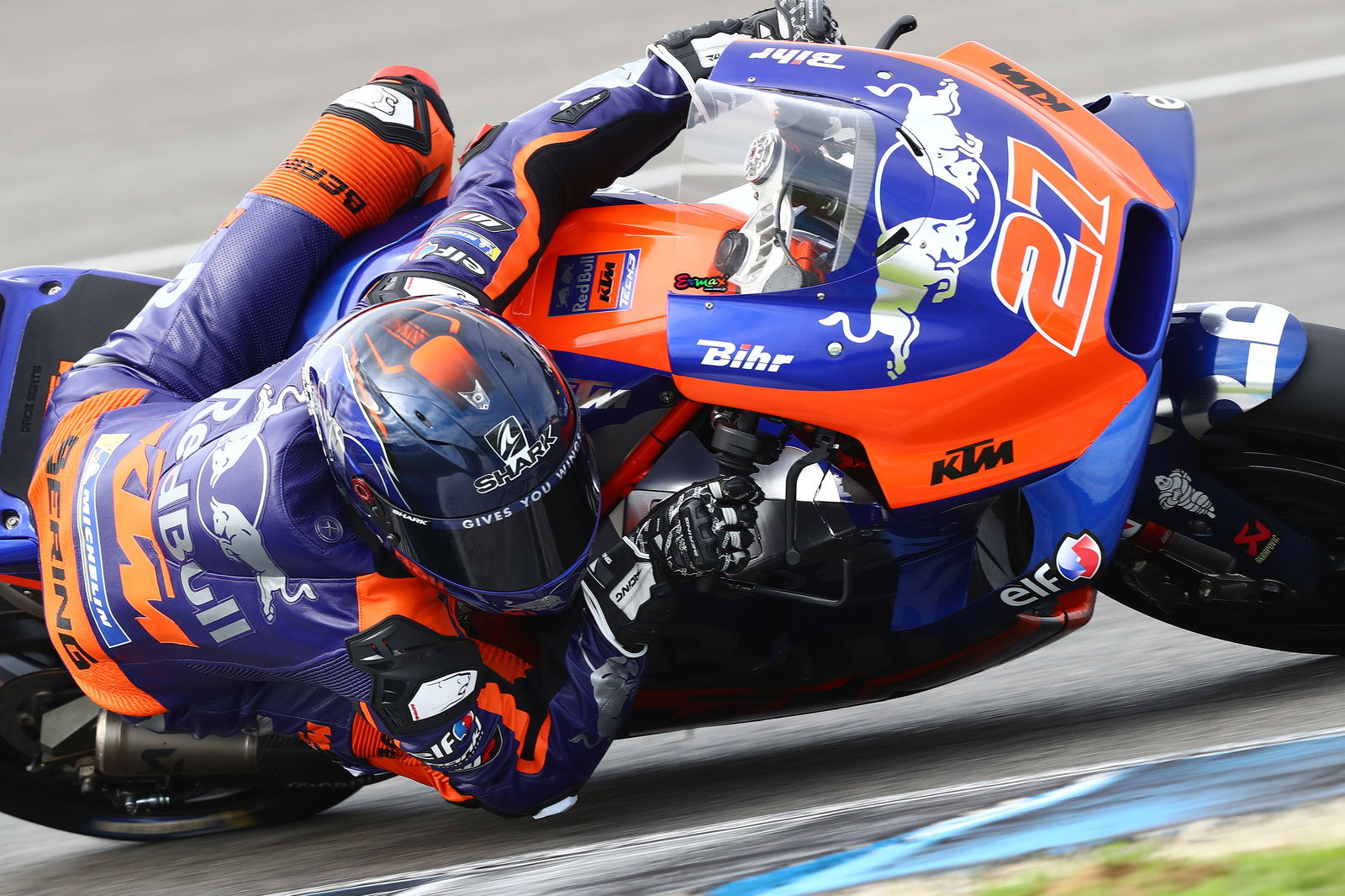Ben Spies explains why jump from WorldSBK to MotoGP is so ‘enormous’
WorldSBK Champion-turned-MotoGP racer Ben Spies explains why it is so hard for Superbike riders to make the direct jump to the GP paddock

Ben Spies has given insight into the difficulties facing riders who pursue the route of Superbikes in an effort to reach MotoGP, saying the differences between the machines is ‘enormous’.
Spies stepped up to MotoGP in 2010 with Tech 3 Yamaha a year after he swept to the 2009 WorldSBK Championship title in his rookie year riding a Yamaha R1.
After a positive maiden campaign spent with the satellite team, Spies progressed into the factory Yamaha team for 2012 – scoring his first and only victory at Assen – but was soon to be beset by injury woes as he struggled to get on terms with front-runners.
Indeed, Spies’ limited success notwithstanding, few riders have successfully made a directly competitive transition from Superbikes to MotoGP, with the likes of James Toseland, Troy Bayliss and Neil Hodgson all enduring troubled fortunes on the premier stage that belied their WorldSBK accolades.
He says the gulf between Superbike and MotoGP machinery makes it hard for riders to adapt quickly under pressure, especially if their success in the former earns them a high-profile seat in the latter.
“In any case, it's not impossible,” he told Paddock GP. “[But] the learning curve is quite steep when you go from the Superbike World Championship to MotoGP, where the level is higher. But if someone like Johnny Rea could have enough time to adapt and learn the bike properly, he could certainly ride where Cal [Crutchlow] rides. But he would not beat Marc Marquez. "
“The differences between MotoGP and the Superbike World Championship are enormous. It takes time to learn. The guys who come from Moto3 and Moto2 have a clear advantage. There is no doubt about it. It's because of the way motorcycles work. "
“GP pilots ride on prototypes that don't slide as much as Superbikes. This relates to issues like cornering speed. There are differences in the trajectories. These differences are so significant that it takes time to adjust to them.”
“It's easier to push a Superbike to its limits. Next, it is a question of which driver can exceed the limit most often and how often. In MotoGP, the limit is extremely high. You have to work a lot to find this limit.”
However, Spies adds that the move to allow more focused race bred production machines into WorldSBK – such as the new Ducati Panigale V4 R – could shorten that gap, even if it is a disadvantage for someone like Chaz Davies, who was forced to adapt his riding style in 2019, unlike MotoGP exile Alvaro Bautista who could be competitive from the off.
“The Ducati Panigale V4 R of the Superbike World Championship is closer to a MotoGP than any other motorcycle has ever been. That's why Chaz (Davies) had to fight so hard. The power of this Ducati and the chassis of the machine are much closer to MotoGP than before.
“Chaz and I are pilots who only brake when they see God and immediately go around. In MotoGP, style is not the key to success. It's a matter of pace, cornering speed and things like that. That's why I had to fight in MotoGP. "

Could Jonathan Rea succeed competing in MotoGP?
As Spies points out, there is one anomaly on the grid in Crutchlow, who has established a memorable career in MotoGP having followed the BSB and WorldSBK route. It didn’t come quickly for the Briton though, his first win coming in his sixth season of MotoGP.
There are few that doubt Rea couldn’t succeed (eventually) competing in MotoGP using someone like Crutchlow as a benchmark, but the demands on changing his honed riding style is significant. Moreover, it’s unlikely he’d be willing to leave a well-paid Kawasaki WorldSBK ride unless he went into a comparable MotoGP seat, yet that would bring intense pressure to succeed too. A ‘learning year’ with a smaller team would be seen as a step backwards.
Marco Melandri is also a good example. The Italian returned (begrudgingly) to MotoGP when Aprilia shifted its focus away from WorldSBK and couldn’t adapt back to the prototype machine, leading to him being axed.
Other than Crutchlow, the only other rider on the current grid that didn’t come through the Moto2/3 et al. route is Danilo Petrucci, who went from Superstock 1000 to MotoGP, albeit via a CRT entry.
With this in mind, the reluctant transition from WorldSBK to MotoGP compared with the porous route going the other way means WorldSBK risks becoming known as a playground for ex-GP racers rather than a breeding ground for tomorrow’s stars.
It’s a matter not helped by the scrapping Superstock 1000 series to provide a stepping-stone to Superbikes, meaning youngsters – such as Jake Dixon - are increasingly preferring to focus on Moto3 and Moto2 only.

